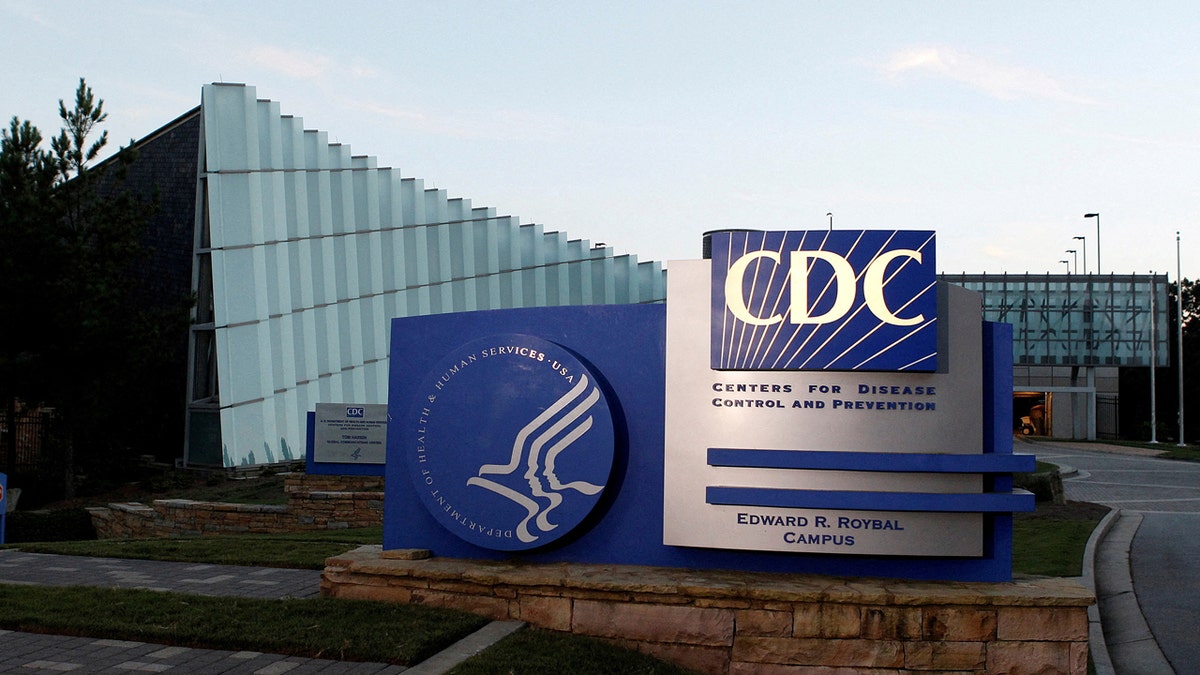An outbreak of Rocky Mountain spotted fever (RMSF) in southern California has led to three deaths, according to a Dec. 8 health advisory from the Centers for Disease Control and Prevention (CDC).
The total of five reported cases all involved affected people who had recently traveled to or lived in the city of Tecate in Mexico.
All five of the patients had been in Tecate within two weeks of becoming ill.
They were all diagnosed in southern California hospitals between July and December 2023.
MYSTERIOUS ILLNESS TRIGGERED BY TICK BITE COULD AFFECT THOUSANDS, YET MANY DOCTORS ARE UNAWARE OF IT
One patient was an adult, while four were under 18 years of age, the CDC stated in the alert.
Three of the patients lived in the U.S. and two were residents of Mexico.
Three of these patients died, according to the CDC advisory.
RMSF is a “severe, rapidly progressive and often deadly disease transmitted by the bite of infected ticks,” the CDC stated.
The disease is endemic in several northern Mexico states bordering the U.S., including Baja California, Sonora, Chihuahua, Coahuila and Nuevo León, as well as some parts of the southwestern U.S.
TICK BITES AND LYME DISEASE: WHAT TO DO IF A TICK BITES YOU OR YOUR PET
Dr. Marc Siegel, clinical professor of medicine at NYU Langone Medical Center and a Fox News medical contributor, told Fox News Digital that the cases are still isolated, but that he does have some concerns.
“What’s most interesting about these cases is that they are occurring in Mexico, and I do worry that with our porous borders, these ticks carrying disease could cross [into the U.S.] with migrants.”

The bacteria that cause the fever, Rickettsia rickettsii, are spread by brown dog ticks, which are reddish brown and often found on domestic canines.
“I look for it whenever I am on the lookout for tick-borne diseases, but it is a different tick than Lyme,” said Siegel.
RARE TICK-BORNE BABESIOSIS DISEASE ON THE RISE IN NORTHEASTERN US, SAYS CDC: HERE’S WHY
“The dog tick is larger and lacks the characteristic white spot of deer ticks.”
The doctor said he’s diagnosed a few cases and treated them effectively, later confirming the disease with blood tests.
The CDC urges health care providers to consider potential RMSF when evaluating patients with fever who have recently been in northern Mexico.

The standard treatment for patients with this condition is the antibiotic doxycycline.
RMSF is a “rapidly progressive disease” and is often fatal if not treated early, per the CDC.
In Mexico, the disease’s fatality rate can be greater than 40%.
The disease is five times deadlier for young children under the age of 10 compared to adults, the CDC advisory stated.
CLICK HERE TO SIGN UP FOR OUR HEALTH NEWSLETTER
Symptoms are usually mild in the first few days, including headache, low-to-moderate fever, abdominal pain, rash, gastrointestinal symptoms, muscle aches and pain, and swelling.
Despite the disease’s name, not everyone develops the classic “spotted” rash within the first few days.
“The problem is that symptoms are flu-like and somewhat generic, so it can be easily missed,” Siegel warned.

Advanced symptoms can include mental disorientation, coma, swelling in the brain, organ damage, death of body tissue and a decline in respiratory function.
For health care professionals, the CDC calls for all cases to be reported to their local, state, territorial or tribal health departments.
For people who are experiencing symptoms and have recently traveled to a northern Mexico city, the CDC recommends seeking immediate medical attention.
To prevent the tick-borne disease, the CDC recommends treating dogs with an EPA-registered insect repellent, wearing long sleeves and long pants, and checking for ticks after outdoor activities — plus removing any ticks right away.
For more Health articles, visit www.foxnews.com/health.
Read the full article here